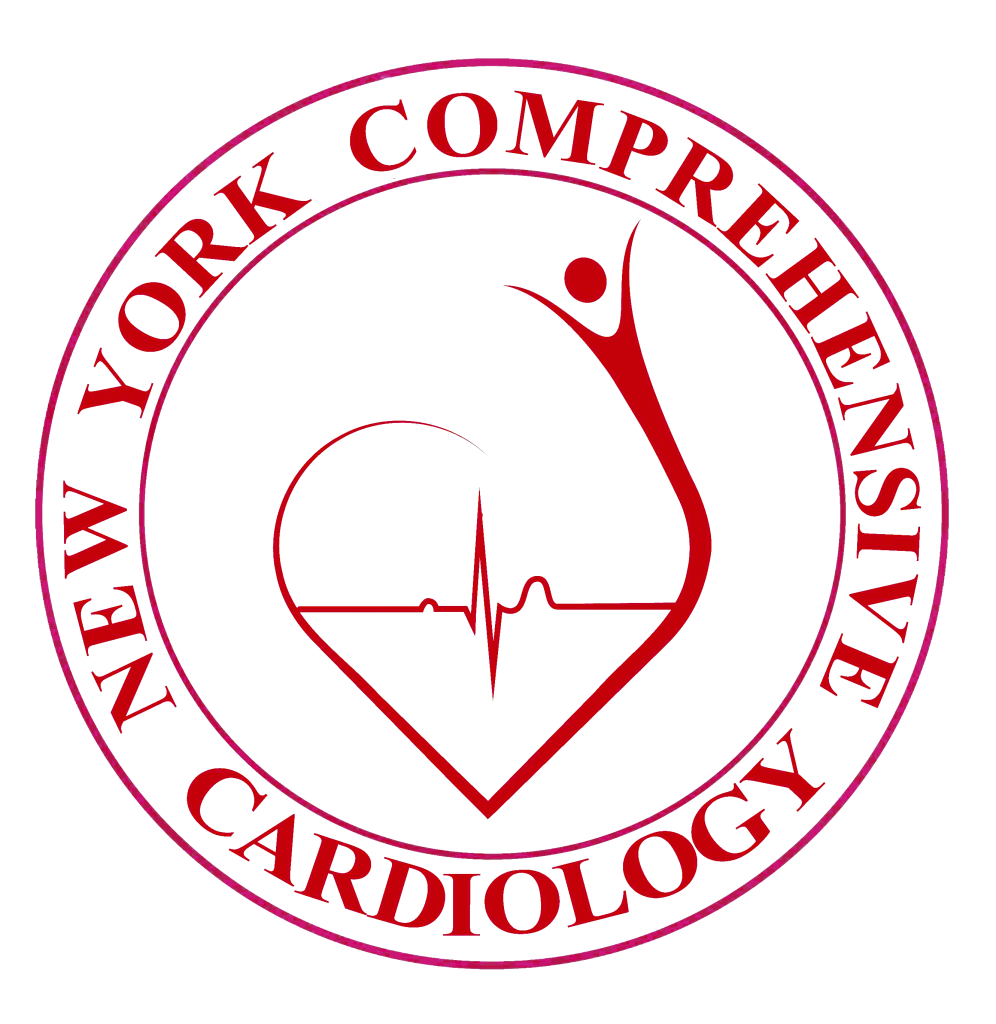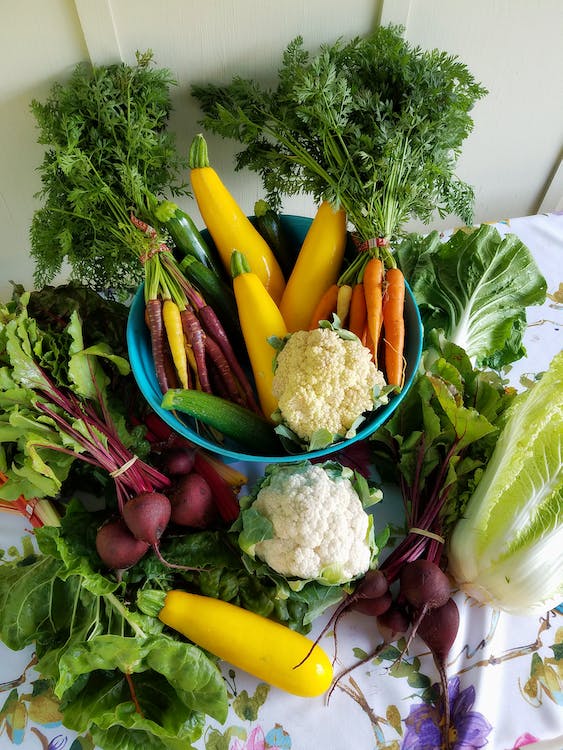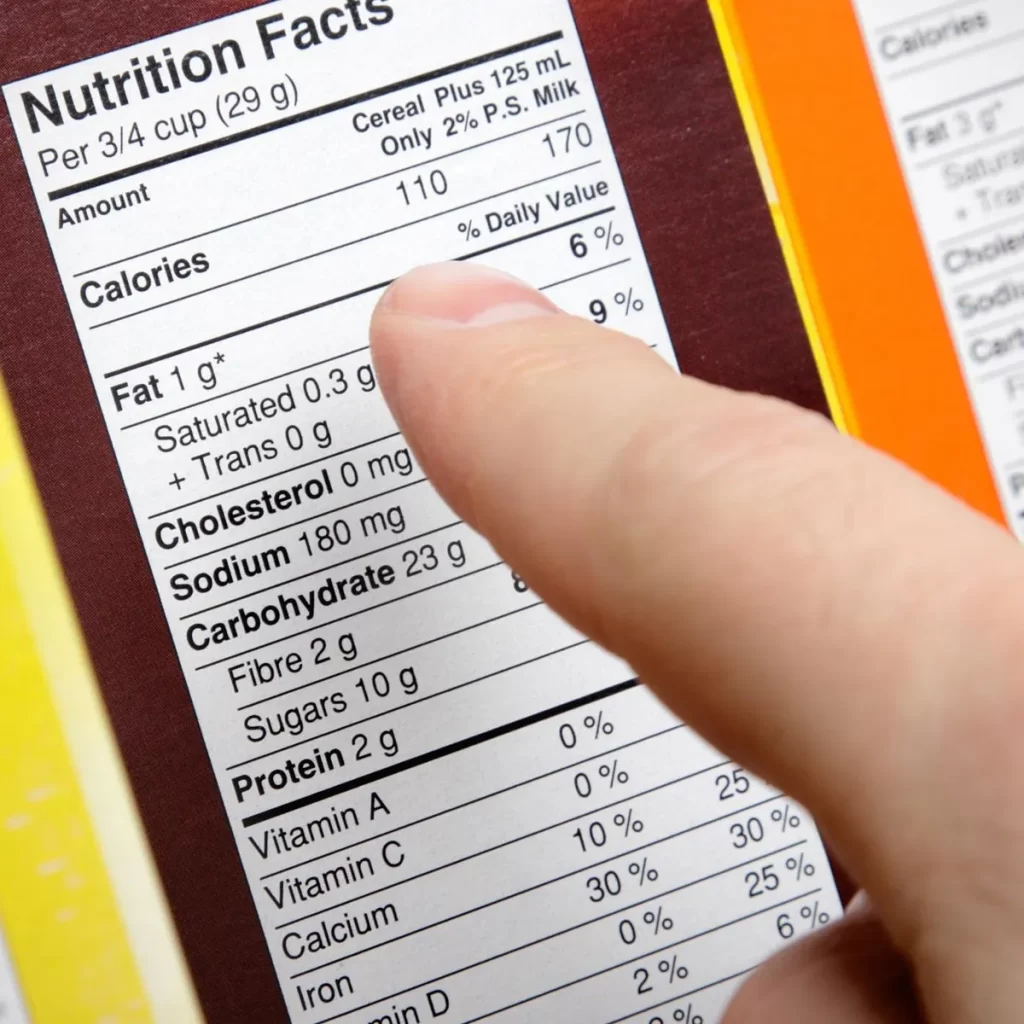High blood pressure is a serious condition that can lead to coronary artery disease, heart failure, stroke, kidney failure, & other vascular problems. People who have high blood pressure can take steps to control it & reduce their risks for heart and vascular problems. While making dietary and lifestyle changes can improve your blood pressure, it is important to keep taking your high blood pressure medication.
If you want to lower your blood pressure or maintain a healthy blood pressure level follow these five basic recommendations:
Healthy Weight:Maintain a healthy weight or if you are overweight, work on reducing your weight.
Regular Activity: Aim to do at least 30 min. of activity most days.
Limit Alchohol: If you drink alcoholic beverages, do so in moderation.
Do Not Smoke: If you smoke, try to quit.
Reduce Sodium, Increase Potassum: Limit your intake of foods with added salt and increase your intake of foods rich in potassium, calcium, and magnesium by emphasizing fruits, vegetables, beans, lean dairy products, and whole grains in your diet.





